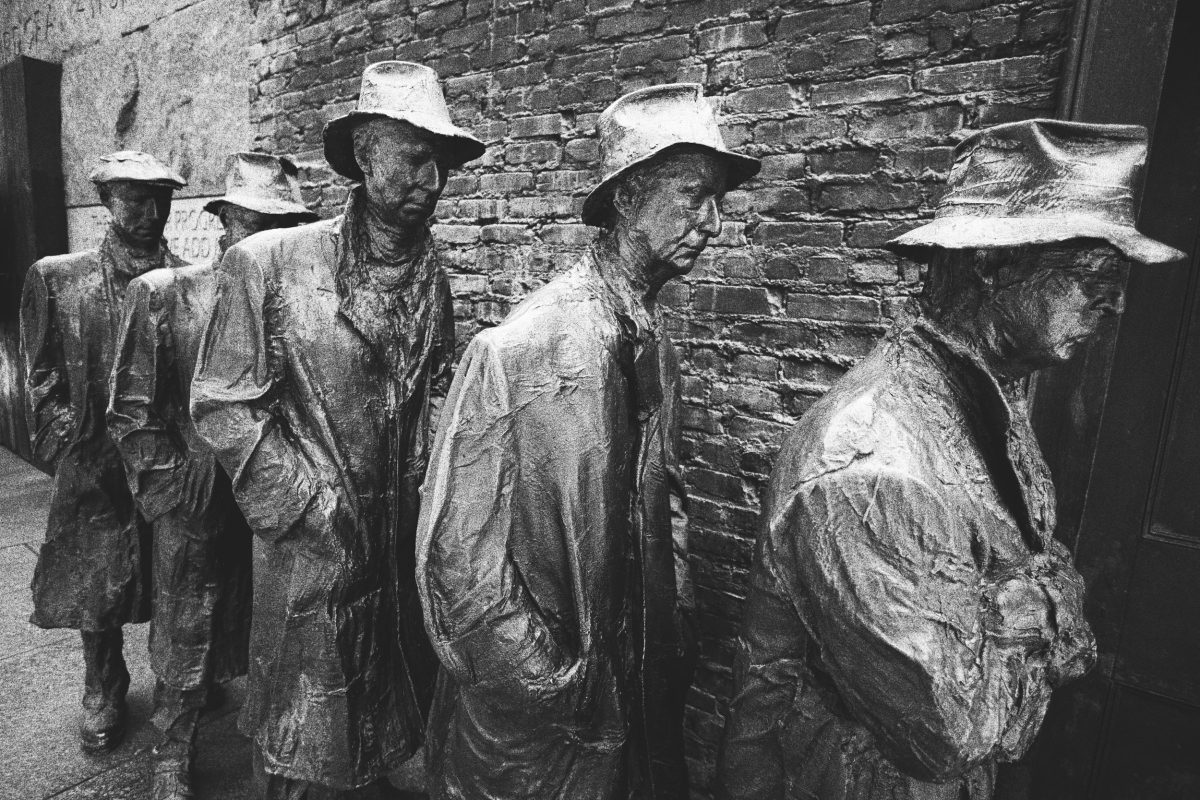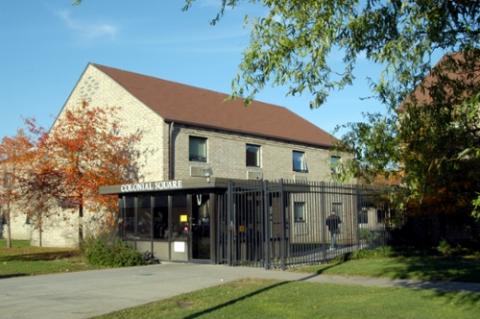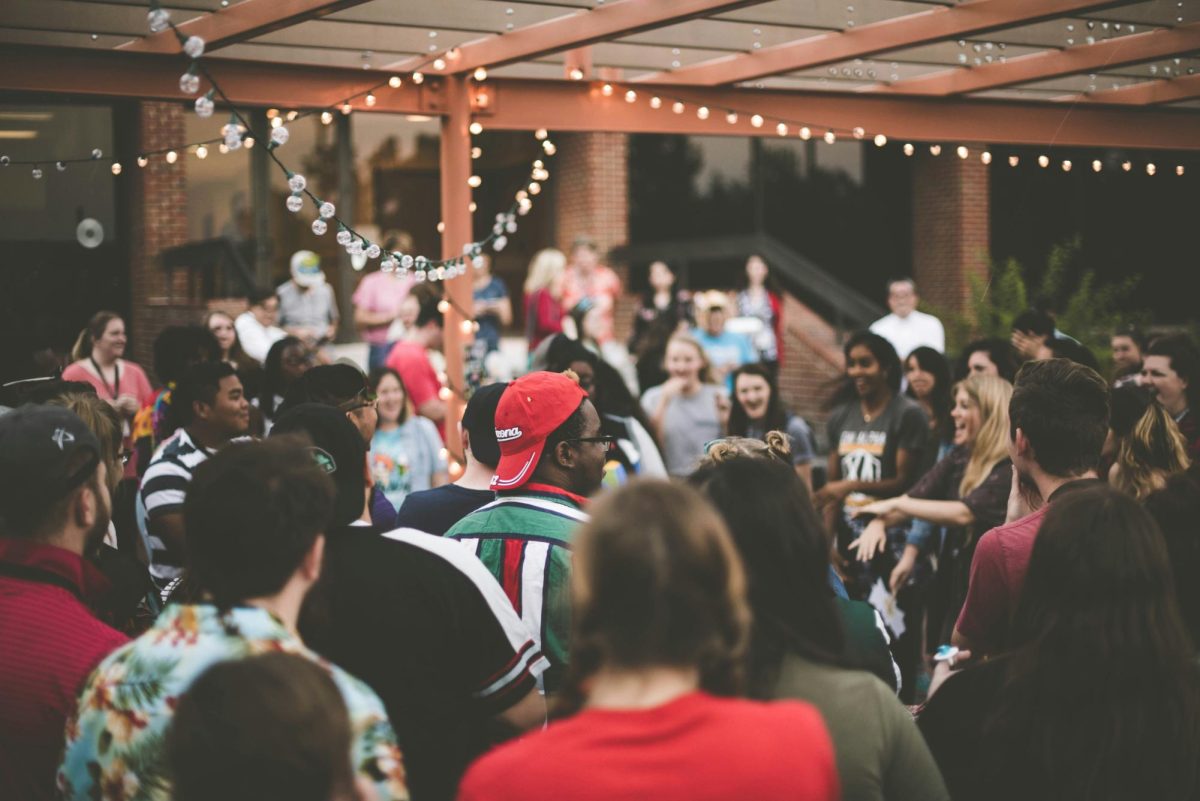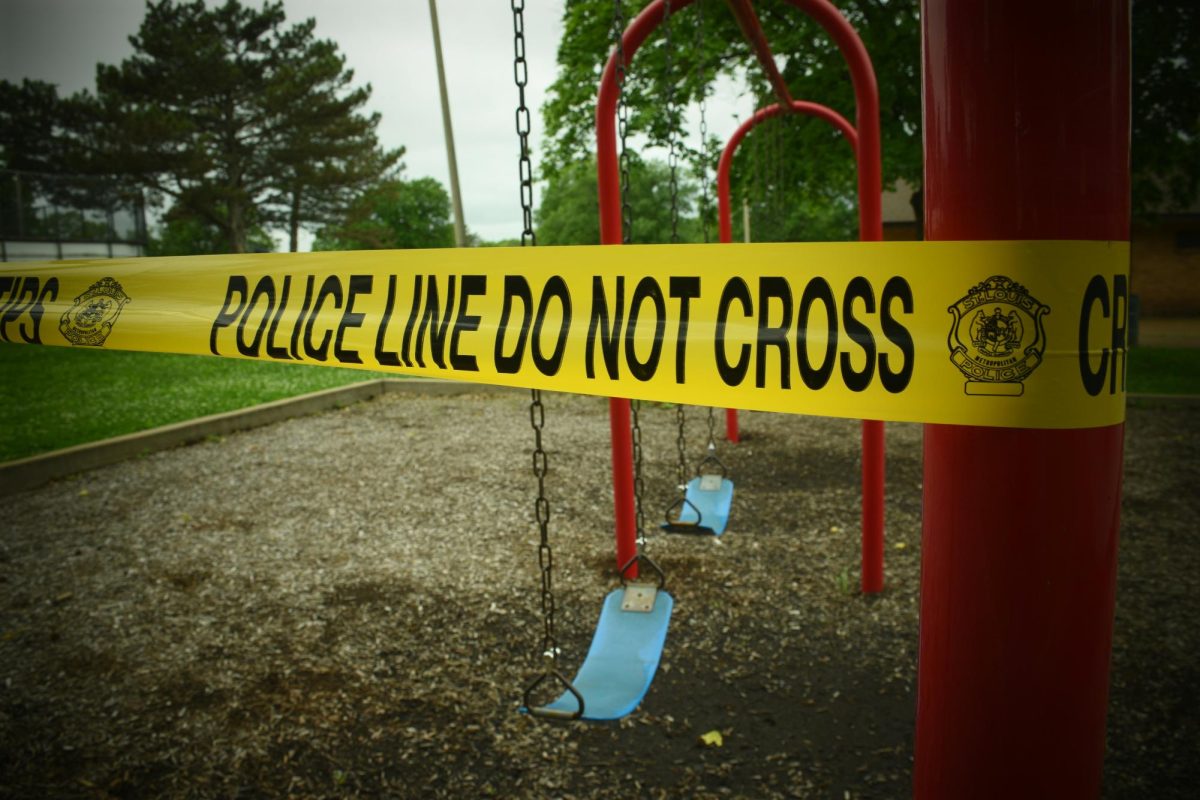Photo courtesy of Sonder Quest via Unsplash
Following the 1918 influenza pandemic, the United States experienced the cultural revolution of the Roaring ‘20s, drawing parallels to the ongoing coronavirus pandemic. Will we imitate our historical predecessors and go into multiple world wars following the end of the pandemic? Or will we experience an overwhelming depression, similar to what occurred between the decade of 1929 to 1939?
The election of Donald Trump in 2016 immensely shaped the course of American politics and acclerated the accepted political and personal conflict of choosing to accept science or not. In 1918, the flu pandemic rocked the world and killed over a third of the world population, but politicians were able to rise above and work together toward a healthier world – even during a world war.
The New York Times wrote about the comparison between the 1918 pandemic and COVID-19 in 2020, sharing an ad campaign of Uncle Sam in 1918 stating, “Coughs and sneezes spread diseases as dangerous as poison gas shells.”
The public health marketing messages spread around the U.S. during the 1918 pandemic seemed to be much more impactful than the recent public health outreach. The difference could be that science was trusted and had no one testing its validity every step of the way over the course of a public health emergency.
The public had less of an understanding the 1918 pandemic, except for the trust in researchers and doctors who shared their findings. Whereas, nowadays people can find faulty information online and pawn it off as fact.
Patricia Fanning, professor emeritus of sociology at Bridgewater State University found that, “If the pandemic had killed one or more of the really famous figures of the nation or the world it would have been remembered. Spanish influenza characteristically killed young adults and therefore rarely men in a position of great authority.” We’ve seen this today during the COVID-19 pandemic – we haven’t learned from our prior mistakes. While millions have died, many Americans didn’t take the proper precautions that those who lived through past pandemics despite now having the technology to understand COVID-19.
This notable difference between the two pandemics over a hundred years later is crucial to understanding how it has been and will be remembered by historians and survivors alike. Nowadays, social media users on platforms like Instagram and TikTok compare living post-pandemic to being drafted for or fighting in a world war. But we haven’t overcome anything remarkable like the survivors of the 1918 pandemic yet, who dealt with a period of war in our nation and what would later become the Great Depression.
So what of our future? Will we take part in the Russia-Ukraine war, putting millions of lives at stake? Will we continue to remain oblivious to a global pandemic and become fearful of any and all medical advice and practices? Will there be a boom of arts and culture, paralleling the Roaring ‘20s for art, theater, film and design? Or will we continue to delve into the current recession, reminiscent of the early waves of the Great Depression?
How can we, as a society, come back from the economic, social, political and health destruction of the COVID-19 pandemic? Will the next great American author rise out of this era with a work rivaling F. Scott Fitzgerald’s “The Great Gatsby?” Have they already?
Could it be the dancing fruit man, Harry Styles? The presidential poet Amanda Gorman? Taylor Swift’s lyrical artistry in her re-records or upcoming “Midnights” album? Or will Aaron Judge’s tie-breaking number of home-run hits in the MLB be the cultural revolutionary point following our health demise?
Only time will tell, but hopefully next time we can learn from our repetitive experience with pandemics throughout history.







